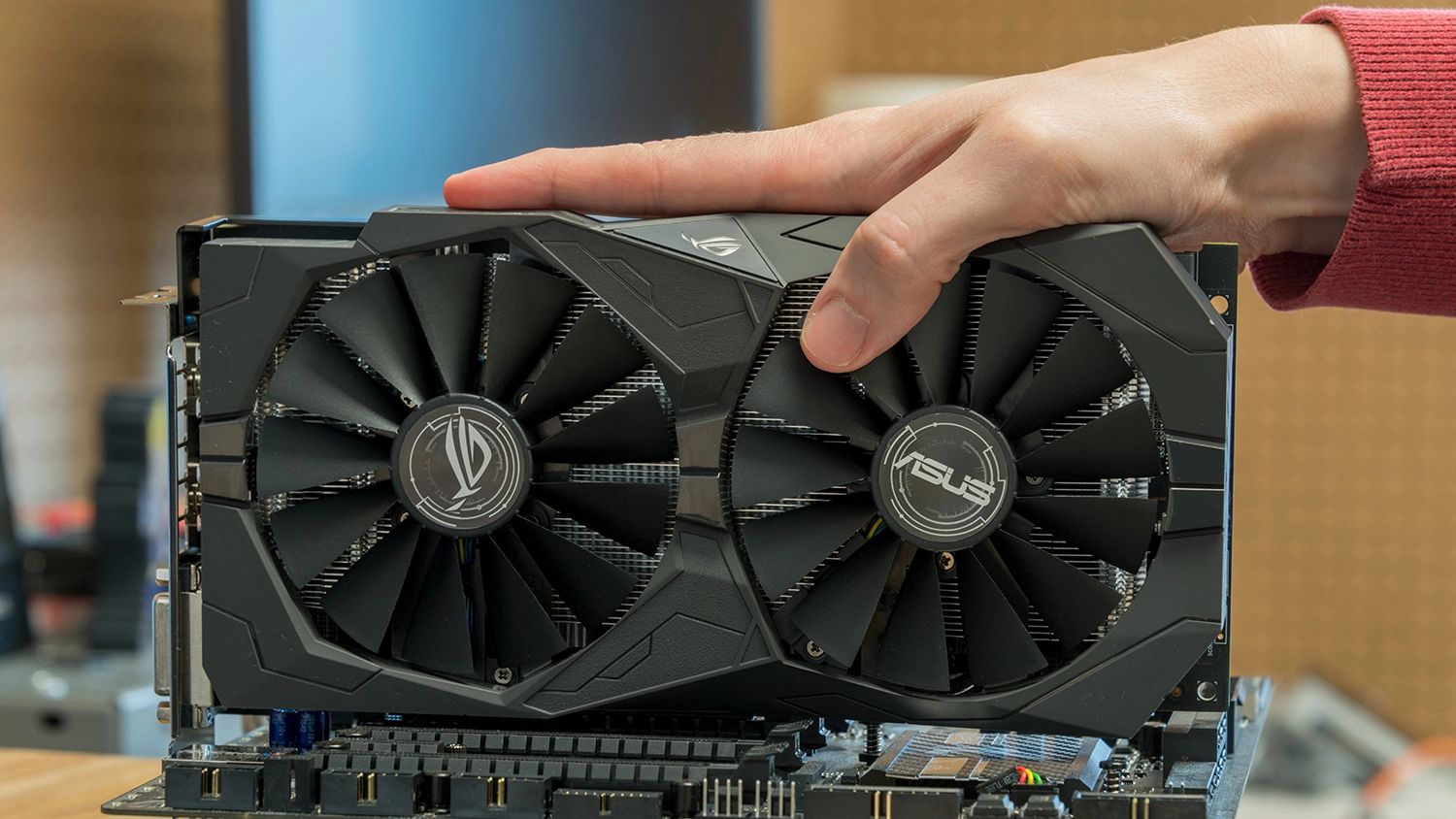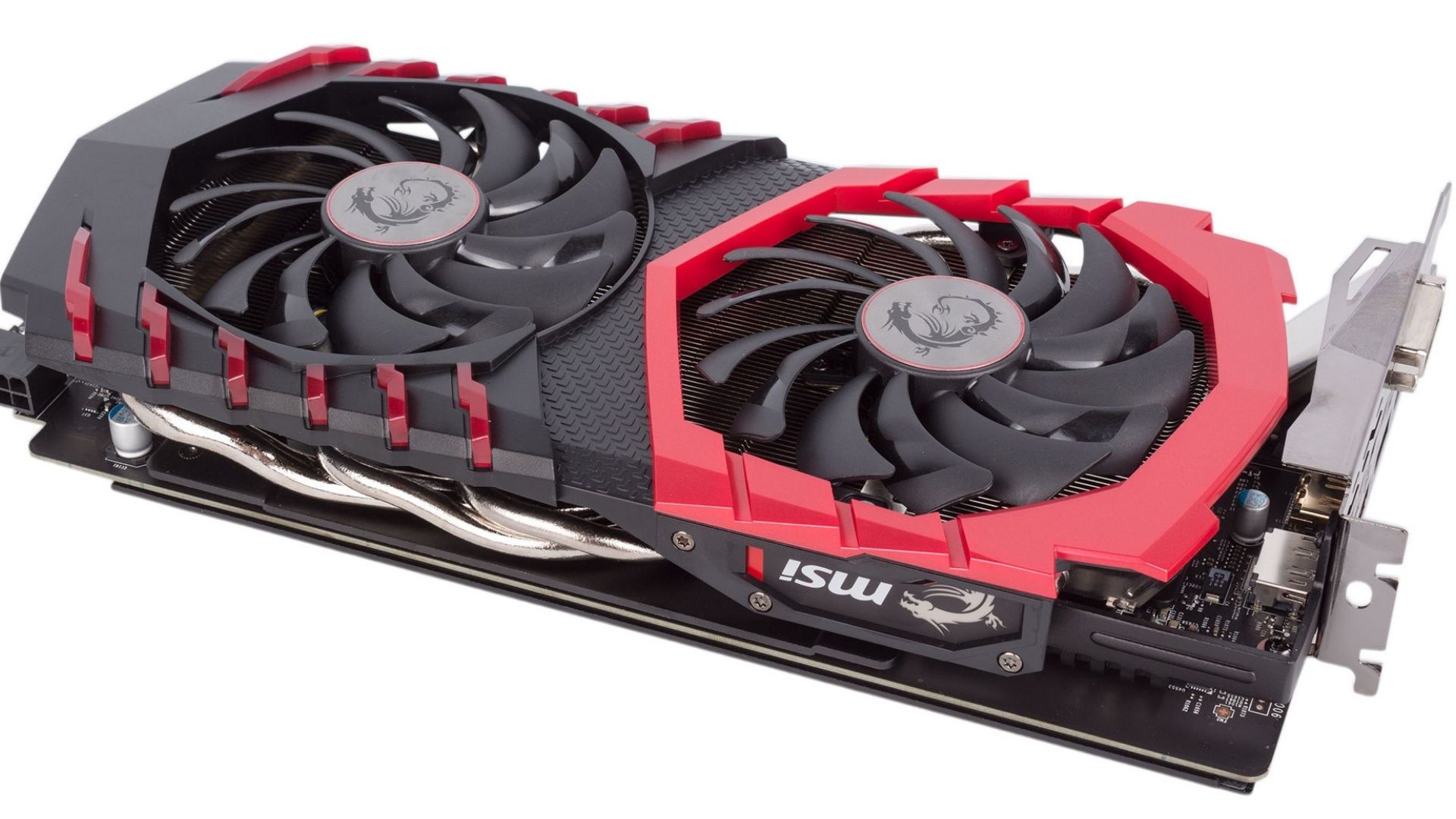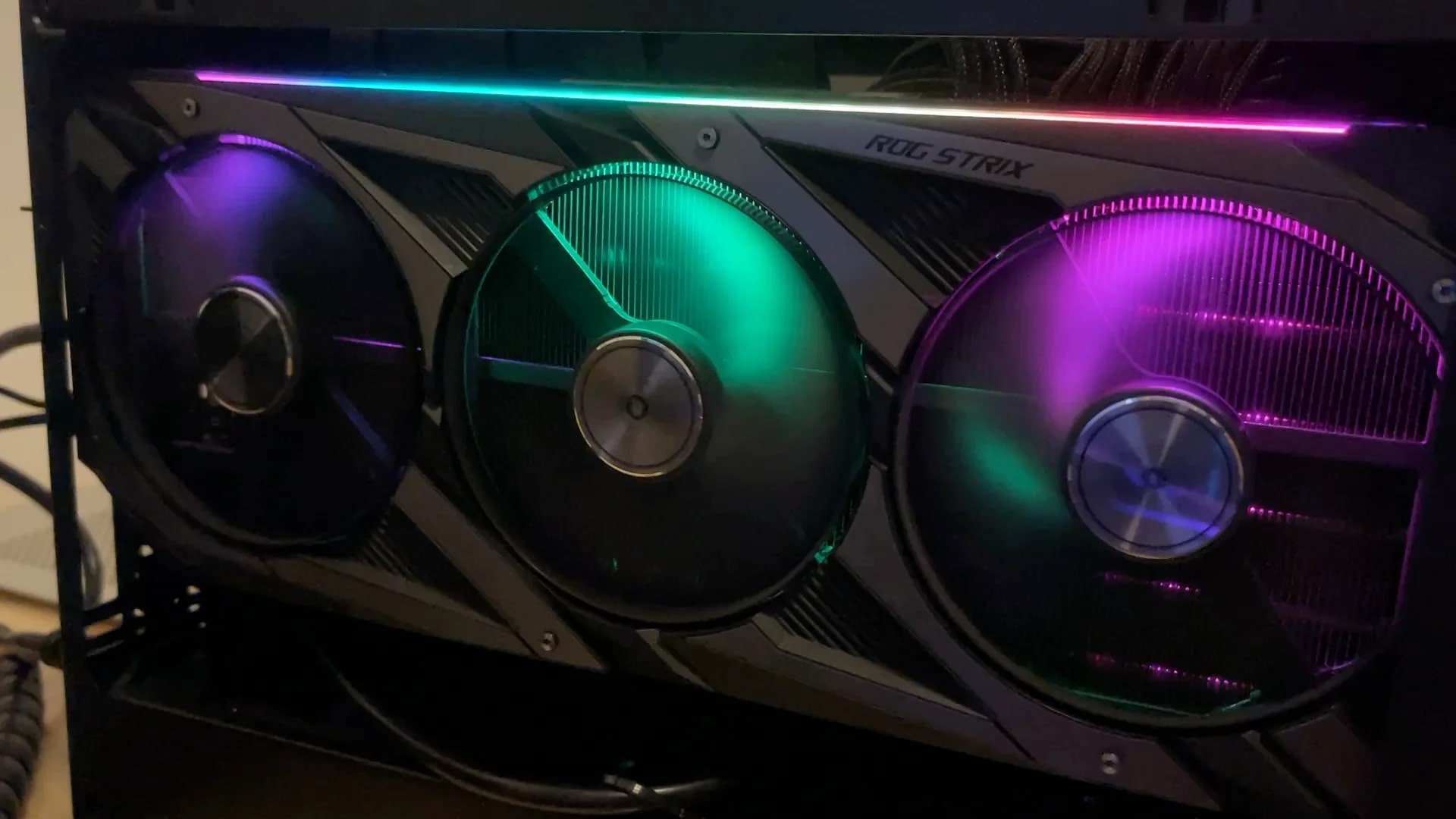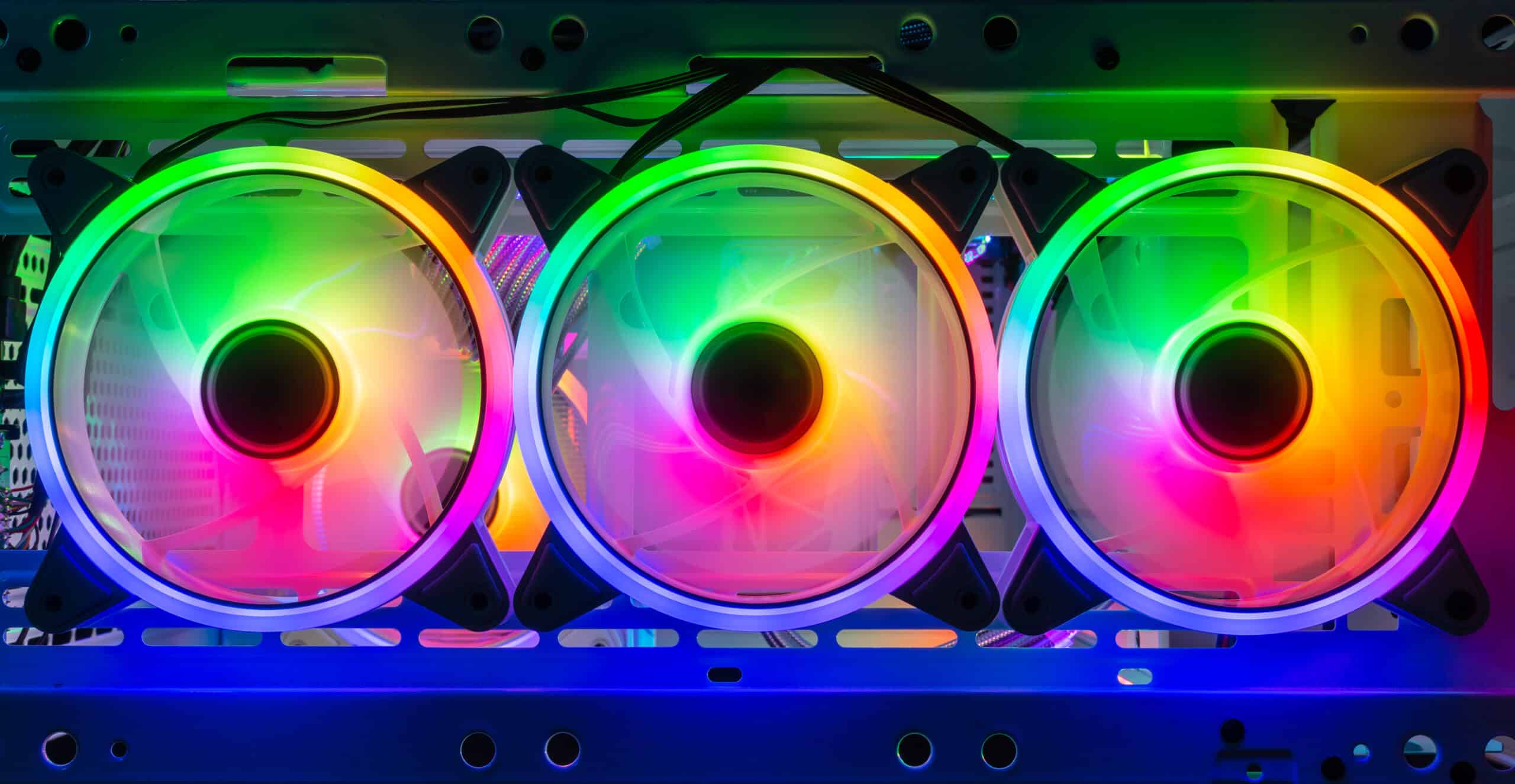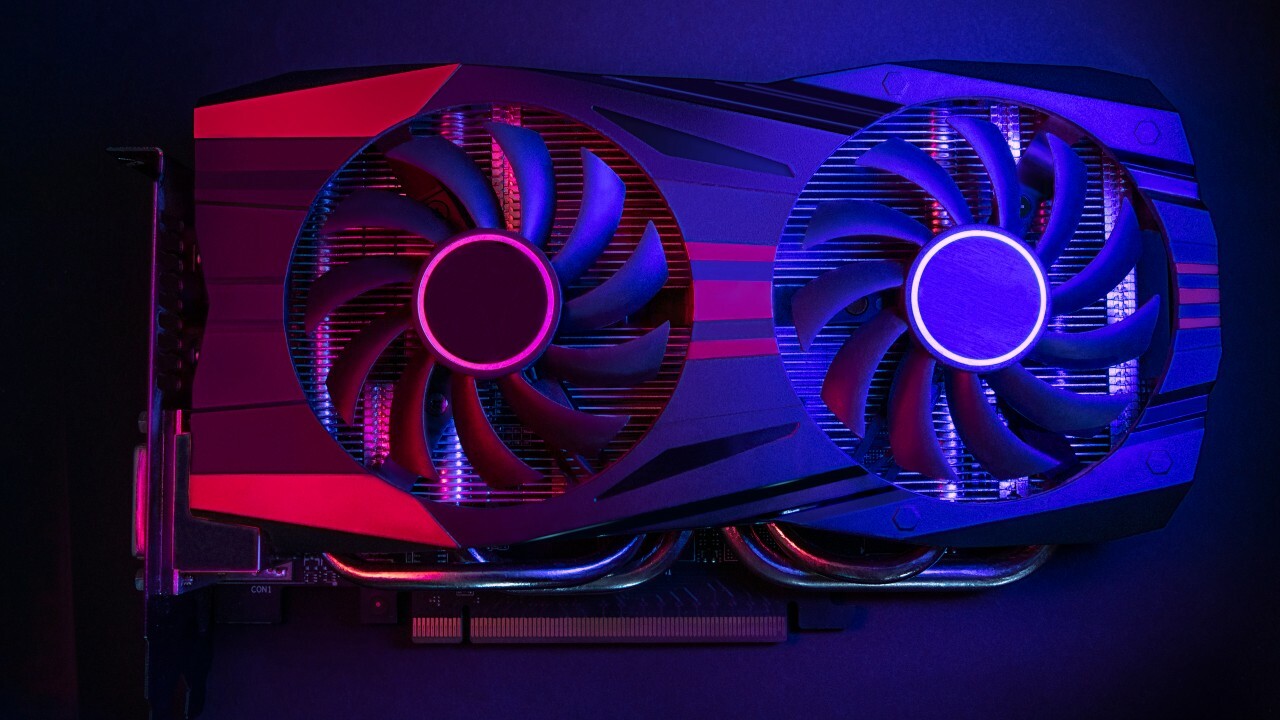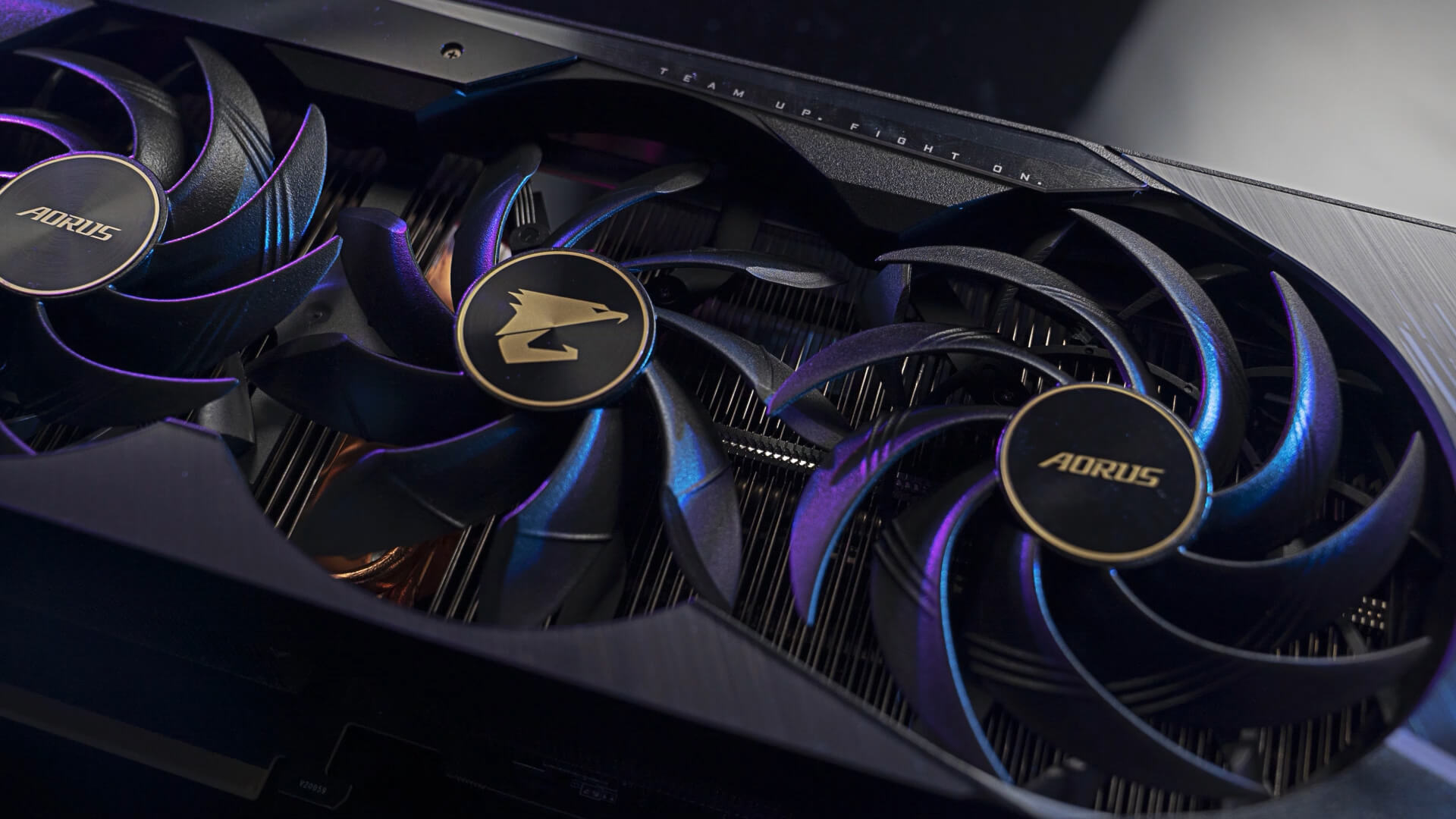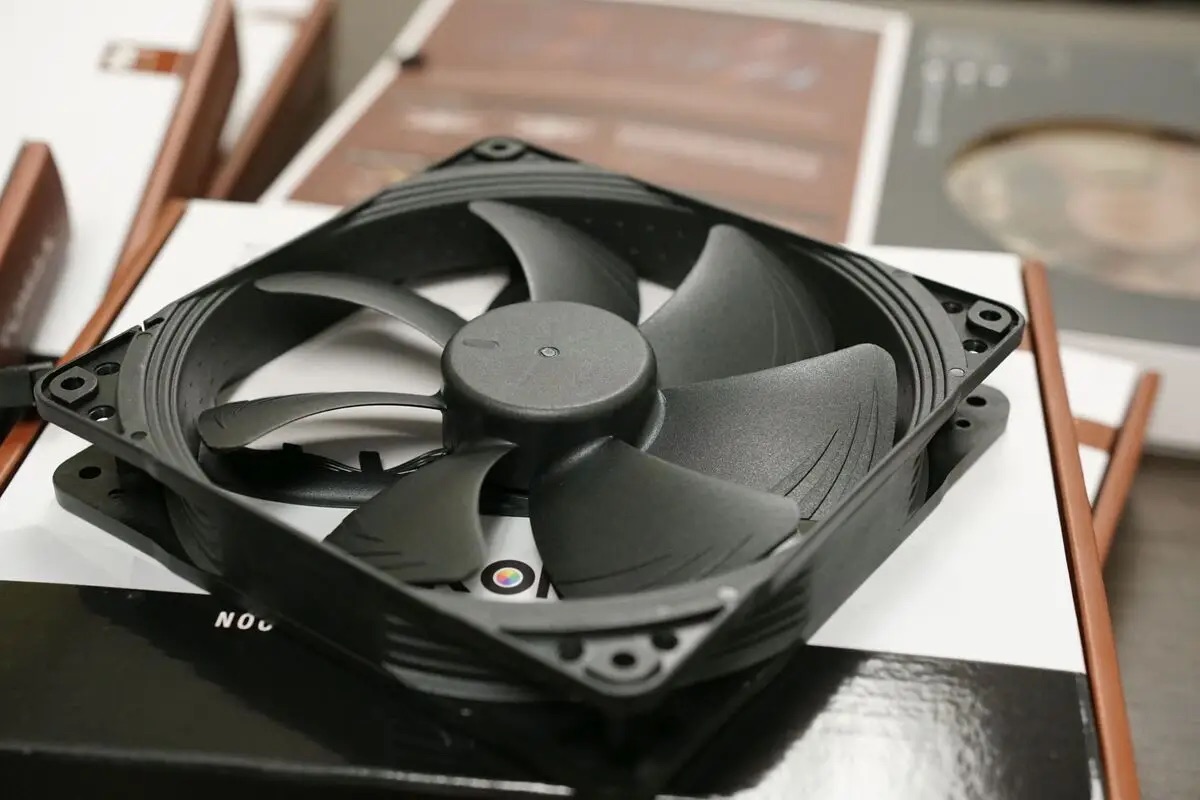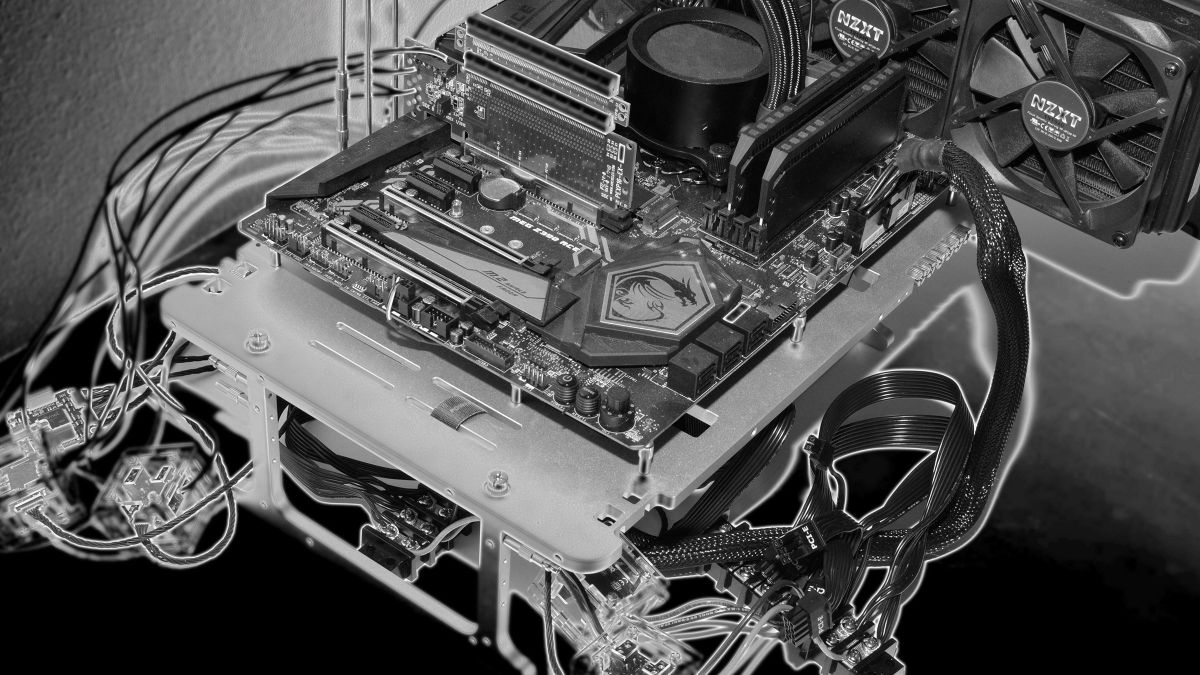Introduction
One of the critical components of a computer’s graphics processing unit (GPU) is its fans. These fans are responsible for maintaining optimal temperatures by expelling hot air and circulating cool air over the GPU. However, you may encounter a situation where your GPU fans are not spinning. This can be a cause for concern as it could potentially lead to overheating and affect the performance and longevity of your GPU.
In this article, we will explore the common reasons why your GPU fans may not be spinning and provide troubleshooting steps to fix the issue. Whether you’re an avid gamer, a graphics designer, or simply someone who relies on their GPU for demanding tasks, understanding why your GPU fans are not spinning is essential for ensuring the proper functioning of your computer.
Please note that the troubleshooting steps mentioned in this article are general in nature and may vary depending on your specific GPU model and software configuration. It’s always a good idea to refer to the manufacturer’s documentation or seek professional assistance if you’re unsure about making any changes to your hardware or software.
Common Reasons Why GPU Fans May Not Be Spinning
There are several common reasons why your GPU fans may not be spinning. Understanding these reasons can help you diagnose the issue and take appropriate action to resolve it. Let’s take a closer look at these reasons:
- GPU Fans Not Spinning at Idle or Low Load: Modern GPUs are designed to adjust their fan speed based on the GPU’s temperature and load. When the GPU is not under heavy load or running at idle, the fans may not spin to conserve power and reduce noise. This behavior is often set by default in the GPU’s firmware or driver settings.
- GPU Fans Not Spinning Due to Temperature Settings: Some GPU software allows you to customize the fan speed curve based on temperature thresholds. If you have configured the fan speed curve to be too low or turned off the fans altogether, the GPU fans may not spin even under heavy load, leading to increased temperatures.
- GPU Fans Not Spinning Due to Software or Driver Issues: In some cases, software or driver issues can prevent the GPU fans from spinning. This can occur after a driver update, conflict with other software, or due to a glitch in the GPU control software. Updating or reinstalling the GPU drivers, as well as troubleshooting the software, can help resolve this issue.
- GPU Fans Not Spinning Due to Physical Damage or Connection: Physical damage to the GPU fans or improper connections can prevent them from spinning. This can be caused by accidents, mishandling, or loose cables. Inspect the fans for any visible damage and ensure that they are securely connected to the GPU.
By identifying the specific reason why your GPU fans are not spinning, you can take the necessary steps to resolve the issue. In the next section, we will explore troubleshooting steps to help you fix the problem and ensure proper cooling for your GPU.
GPU Fans Not Spinning at Idle or Low Load
One common reason why your GPU fans may not be spinning is that they are designed to remain inactive when the GPU is operating at low load or idle. This behavior is implemented to conserve power and reduce noise levels when the GPU is not under heavy usage.
Modern GPUs often come with firmware or driver settings that control the fan speed curve based on temperature and load. When the GPU is running at low load or idle, the temperature remains within a safe range, allowing the fans to remain still. However, as the GPU workload increases and the temperature rises, the fans will start spinning to dissipate heat and maintain optimal operating temperatures.
If you notice that your GPU fans are not spinning at idle or low load, there is usually no cause for concern. However, if you are worried about the temperature levels or want to customize the fan behavior, you can make adjustments in the GPU control software or firmware. Most GPU control software allows you to modify the fan speed curve or set a minimum fan speed to ensure better cooling even at low loads.
It’s worth noting that tampering with the fan settings may result in increased noise levels as the fans will be spinning at higher speeds more frequently. If noise is a concern, you can strike a balance between temperature and noise levels by finding the optimal fan speed settings that suit your requirements.
Overall, if your GPU fans are not spinning at idle or low load, it is likely intentional and functioning as designed. However, if you suspect that the temperature levels are becoming excessively high or experience performance issues during heavy usage, it’s advisable to monitor the temperatures and consider adjusting the fan speed settings accordingly.
GPU Fans Not Spinning Due to Temperature Settings
Another common reason why your GPU fans may not be spinning is due to temperature settings. Many GPUs allow users to customize the fan speed curve based on temperature thresholds. This feature gives you control over the fan speed and helps maintain optimal temperatures during heavy usage.
If you have configured your GPU’s temperature settings incorrectly or set them too low, the fans may not spin even when the GPU is under load. This can lead to increased temperatures, reduced performance, and potential damage to your graphics card in the long run.
To address this issue, you need to access the GPU control software or firmware settings to adjust the fan speed curve. Increasing the temperature thresholds at which the fans start spinning can ensure that your GPU stays within safe temperatures, even during intense tasks. However, it’s important to strike a balance between fan speed and noise levels, as higher fan speeds can result in increased noise.
If you’re unsure about the optimal temperature settings for your GPU, it’s recommended to consult the manufacturer’s documentation or forums for guidance. Additionally, you can seek recommendations from tech enthusiasts or professionals in online communities who may have experience with your specific GPU model.
It’s worth noting that some modern GPUs come with intelligent fan control features that dynamically adjust the fan speed according to the temperature. These features can automatically optimize the fan speed based on the workload, ensuring optimal cooling and minimizing noise levels.
By adjusting the temperature settings and finding the right balance between fan speed and noise levels, you can ensure that your GPU maintains safe temperatures during heavy usage and that your fans spin when needed.
GPU Fans Not Spinning Due to Software or Driver Issues
Software or driver issues can be culprits behind the problem of GPU fans not spinning. Updates, conflicts with other software, or glitches in the GPU control software can all play a role in preventing the fans from functioning properly.
If you recently updated your GPU drivers and noticed that the fans stopped spinning, it’s possible that the new driver version is causing compatibility issues. In such cases, you can try rolling back to a previous driver version or updating to the latest stable release provided by the GPU manufacturer.
Conflicts with other software can also interfere with the proper functioning of GPU fans. Applications or background processes that control fan speed or monitor system temperatures may override the default fan settings, leading to the fans not spinning. In such cases, it’s worth checking the settings of these third-party applications and ensuring that they are not interfering with the GPU’s fan control.
Furthermore, occasionally, glitches within the GPU control software can cause the fans to stop spinning. In such instances, reinstalling or updating the GPU control software can help resolve the issue. Uninstall the existing software, download the latest version from the manufacturer’s website, and install it on your system. This fresh installation may clear any software-related glitches that were causing the fans to malfunction.
If you are unsure about the steps mentioned above or are not confident in making changes to your GPU drivers or software, it may be beneficial to seek assistance from the manufacturer’s support team or a professional technician who can guide you through the troubleshooting process.
Remember to perform frequent updates of your GPU drivers and control software to ensure compatibility, stability, and access to the latest features and bug fixes. This can help mitigate potential issues that may arise with the fans not spinning due to software or driver problems.
GPU Fans Not Spinning Due to Physical Damage or Connection
If your GPU fans are not spinning, it’s essential to consider the possibility of physical damage or connection issues. Accidents or mishandling can lead to damage to the fans or other components of the GPU, resulting in their malfunction.
Begin by visually inspecting the GPU fans for any visible signs of physical damage, such as broken blades or loose parts. If you notice any damage, it’s crucial to stop using the GPU and consider consulting a professional technician for repairs or replacements.
Another possible cause for the fans not spinning is a loose or improper connection. Ensure that the power cables and connectors providing power to the GPU fans are securely plugged in. Sometimes, due to vibrations or accidental tugs, the connectors might become loose, resulting in the fans not receiving power. Gently reseating the cables can resolve this issue.
It’s also worth checking the GPU’s fan header on the motherboard to ensure a proper connection. Sometimes the fan header may become loose or corroded, causing the fans to not receive proper power or communication signals. Carefully inspect the fan header and clean any debris or dust that might be affecting the connection. If necessary, try plugging the GPU into a different fan header on the motherboard to determine if the issue lies with the header or the GPU itself.
In some cases, the GPU may have a dedicated connector on the power supply unit (PSU) for providing power to the fans. Ensure that this connector is properly connected and supplying the necessary power. If there is an issue with the PSU connector, try using a different cable or switch to a different power supply unit to troubleshoot the problem.
If you have recently installed a new GPU or made changes to your computer’s hardware configuration, double-check that your power supply unit has sufficient wattage to handle the GPU and its fans. Insufficient power supply can lead to the fans not receiving enough power to spin properly.
If you have performed all the checks mentioned above and the GPU fans are still not spinning, it may be wise to consult a professional technician or the manufacturer’s support team for further assistance. They can provide guidance on troubleshooting steps specific to your GPU model and suggest any necessary repairs or replacements if required.
Troubleshooting Steps to Fix GPU Fans Not Spinning Issue
If you’re experiencing the problem of GPU fans not spinning, here are some troubleshooting steps you can take to resolve the issue:
- Check the Fan Control Settings: Verify that the fan control settings in your GPU control software or firmware are configured correctly. Ensure that the temperature thresholds or fan speed curves are set appropriately to allow the fans to spin when needed.
- Update or Reinstall GPU Drivers: Consider updating your GPU drivers to the latest stable version or reinstalling them. Outdated or incompatible drivers can sometimes cause fan-related issues. Removal of the existing drivers followed by a fresh installation can fix these problems.
- Ensure Proper Power Supply: Check that your power supply unit (PSU) is providing enough power to the GPU. Insufficient power can prevent the fans from spinning. Verify that all the necessary power cables are securely connected to the GPU and PSU.
- Inspect for Physical Damage: Visually inspect the GPU fans for any signs of physical damage. Broken blades or loose parts can cause the fans to malfunction. If damage is detected, consult a professional technician for repairs or replacements.
- Check Fan Header Connections: Verify that the connections between the GPU and the fan headers on the motherboard are secure. Ensure that they are properly seated and free from dust or debris that may interfere with the connection.
- Monitor GPU Temperatures: Install a GPU monitoring software to keep track of the GPU temperatures. If the temperatures are excessively high during heavy load, it may indicate an issue with the fans not spinning properly.
- Seek Professional Assistance: If you have tried all the troubleshooting steps mentioned above and your GPU fans are still not spinning, it may be beneficial to consult a professional technician or the manufacturer’s support team for further assistance.
Remember to exercise caution when making changes to your hardware or software settings. Always refer to the manufacturer’s documentation or seek professional help if you are unsure about any steps or procedures.
By following these troubleshooting steps, you should be able to identify and resolve the underlying issues causing your GPU fans not to spin.
Conclusion
When your GPU fans are not spinning, it can be a cause for concern as it can lead to overheating and impact the performance and lifespan of your graphics card. However, by understanding the common reasons behind this issue and following the appropriate troubleshooting steps, you can resolve the problem and ensure proper cooling for your GPU.
In this article, we explored the common reasons why GPU fans may not be spinning. We discussed how GPU fans may not spin at idle or low load to conserve power and reduce noise. We also highlighted how temperature settings, software or driver issues, and physical damage or connection problems can contribute to the malfunction of GPU fans.
We then provided a step-by-step guide to troubleshoot and resolve the issue. Checking fan control settings, updating or reinstalling GPU drivers, ensuring proper power supply, inspecting for physical damage, checking fan header connections, monitoring GPU temperatures, and seeking professional assistance are all essential troubleshooting steps.
Remember, it’s crucial to strike a balance between temperature, fan speed, and noise levels when adjusting the fan settings. This ensures optimal cooling performance without sacrificing user experience.
If you encounter difficulties or are unsure about performing the troubleshooting steps on your own, don’t hesitate to reach out to the manufacturer’s support team or consult a professional technician. They can provide guidance tailored to your specific GPU model and assist with any necessary repairs or replacements.
By taking the appropriate steps to address the issue of GPU fans not spinning, you can optimize the performance and longevity of your graphics card and ensure a smooth and reliable computing experience.







